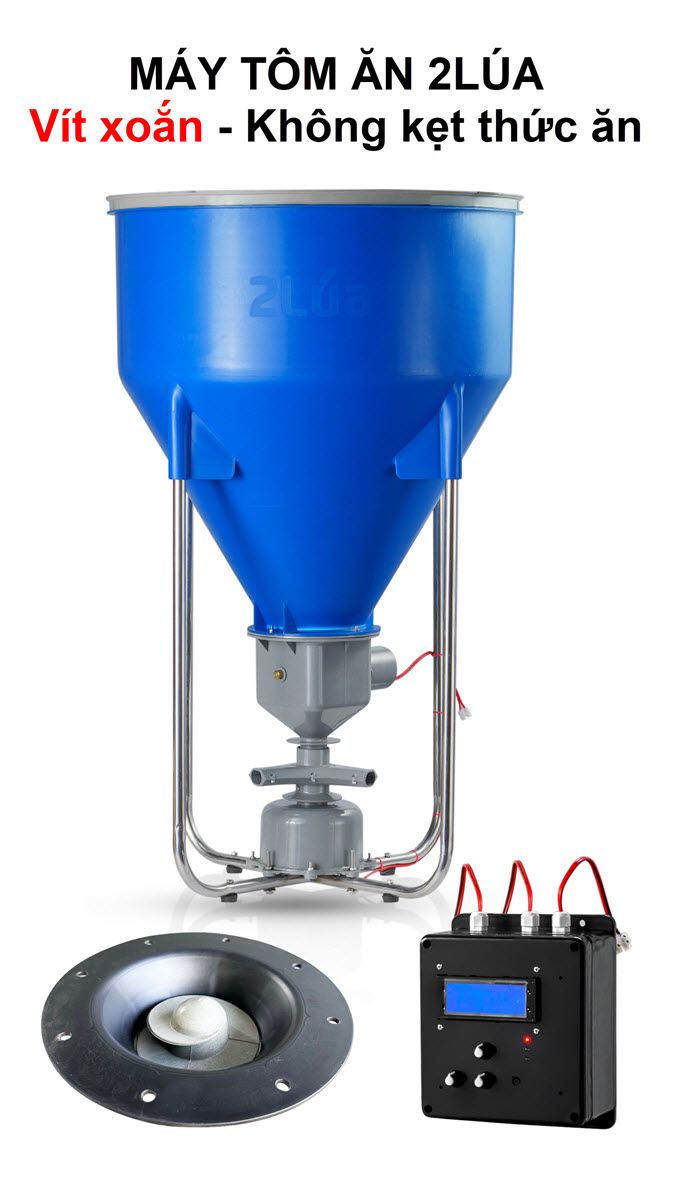Study backs biofloc benefits in shrimp production

Biofloc systems could allow shrimp farmers to double stocking densities without impacting growth rates, according to the results of a new study.
Bioflocs allow shrimp farmers to double their production per hectare. Photo: © Dr S Barrento
Increasing stocking densities tends to cause chronic stress in aquaculture, mainly due to overcrowding and water quality deterioration. However, bioflocs – made from a community of predominantly heterotrophic microorganisms which are stimulated to grow by manipulating the carbon/nitrogen ratio in water and adding an external organic carbon source – help to maintain good water quality by uptaking ammonium and preventing the accumulation of toxic inorganic nitrogen compounds.
In this study the researchers assessed the zootechnical and physiological performance of whiteleg shrimp (Litopenaeus vannamei) postlarvae (PL) reared in three environments – clear water (CW); B, biofloc (B) and biofloc with artificial substrates (BS) – at three stocking densities (300, 600, 900 PL/m3) for 8 weeks. The shrimp were then subjected to hypoxia, and their physiological response was again assessed.
For the same stocking density, shrimp reared in B and BS showed significantly higher weights than those grown in CW, except for final weight. No significant differences were observed in survival. The use of biofloc and artificial substrates permitted doubling density from 300 to 600 PL/m3 without affecting growth, survival, feed conversion rate and obtaining twice the biomass.
The reason behind this, the researchers suggest, was that shrimp grown in B and BS stored a surplus of glycogen and carbohydrates in their hepatopancreas, “which probably gave them a better physiological capacity to counteract high‐stocking densities and hypoxia”.
Có thể bạn quan tâm
Phần mềm

Phối trộn thức ăn chăn nuôi

Pha dung dịch thủy canh

Định mức cho tôm ăn

Phối trộn phân bón NPK

Xác định tỷ lệ tôm sống

Chuyển đổi đơn vị phân bón

Xác định công suất sục khí

Chuyển đổi đơn vị tôm

Tính diện tích nhà kính

Tính thể tích ao hồ




 Evaluating stunning methods in tropical shrimp aquaculture
Evaluating stunning methods in tropical shrimp aquaculture  Aquaculture in action: reducing the need for feed
Aquaculture in action: reducing the need for feed